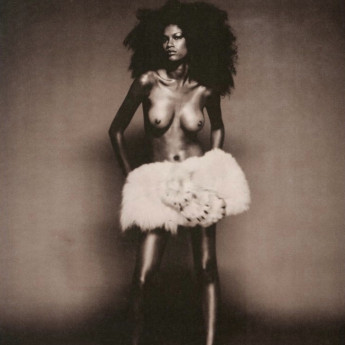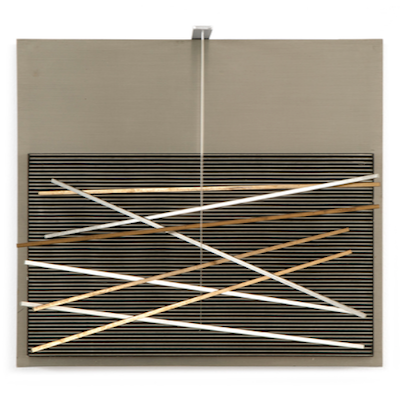
Details
Artist
Styles
Photo gravure and emboss - 4 plates of 9,5 x 14 cm. - Printed on Zerkall-Butten, 450 gr. of 27 x 40 cm. // Untitled (Rulers II) by Rita McBride is a photogravure from 2011 that explores themes of measurement and perception. This work features a close-up of a ruler against a colorful, textured background, likely intended to juxtapose precision with abstraction. The ruler, marked with detailed measurements, is prominently positioned on the left side, creating a visual anchor in contrast to the organic forms and blurred hues on the right. McBride’s use of embossing on high-quality Zerkall-Butten paper emphasizes the tactile and material aspects of the image, blending technical elements with artistic abstraction. Limited to an edition of 11, this piece invites reflection on the relationship between exactitude and artistic expression.
Untitled (Rulers II), 2011
form
Medium
Size
27 x 40 cm
- Inches
- Centimeters
Edition
Price
- USD
- EUR
- GBP
Details
Artist
Styles
Photo gravure and emboss - 4 plates of 9,5 x 14 cm. - Printed on Zerkall-Butten, 450 gr. of 27 x 40 cm. // Untitled (Rulers II) by Rita McBride is a photogravure from 2011 that explores themes of measurement and perception. This work features a close-up of a ruler against a colorful, textured background, likely intended to juxtapose precision with abstraction. The ruler, marked with detailed measurements, is prominently positioned on the left side, creating a visual anchor in contrast to the organic forms and blurred hues on the right. McBride’s use of embossing on high-quality Zerkall-Butten paper emphasizes the tactile and material aspects of the image, blending technical elements with artistic abstraction. Limited to an edition of 11, this piece invites reflection on the relationship between exactitude and artistic expression.
- Recently Added
- Price (low-high )
- Price (high-low )
- Year (low-high )
- Year (high-low )
What is kinetic art?
Kinetic art is an international movement that emerged in the 1920s and gained prominence in the 1960s, referring to art that involves both apparent and real motion. It encompasses any medium that includes movement, either relying on actual motion for its effect or being perceived as moving by the viewer. Early examples include canvas paintings designed to create optical illusions of movement. Today, kinetic art often refers to three-dimensional figures and sculptures, such as those operated by machines or those that move naturally. The movement covers a variety of styles and techniques that frequently overlap.

















